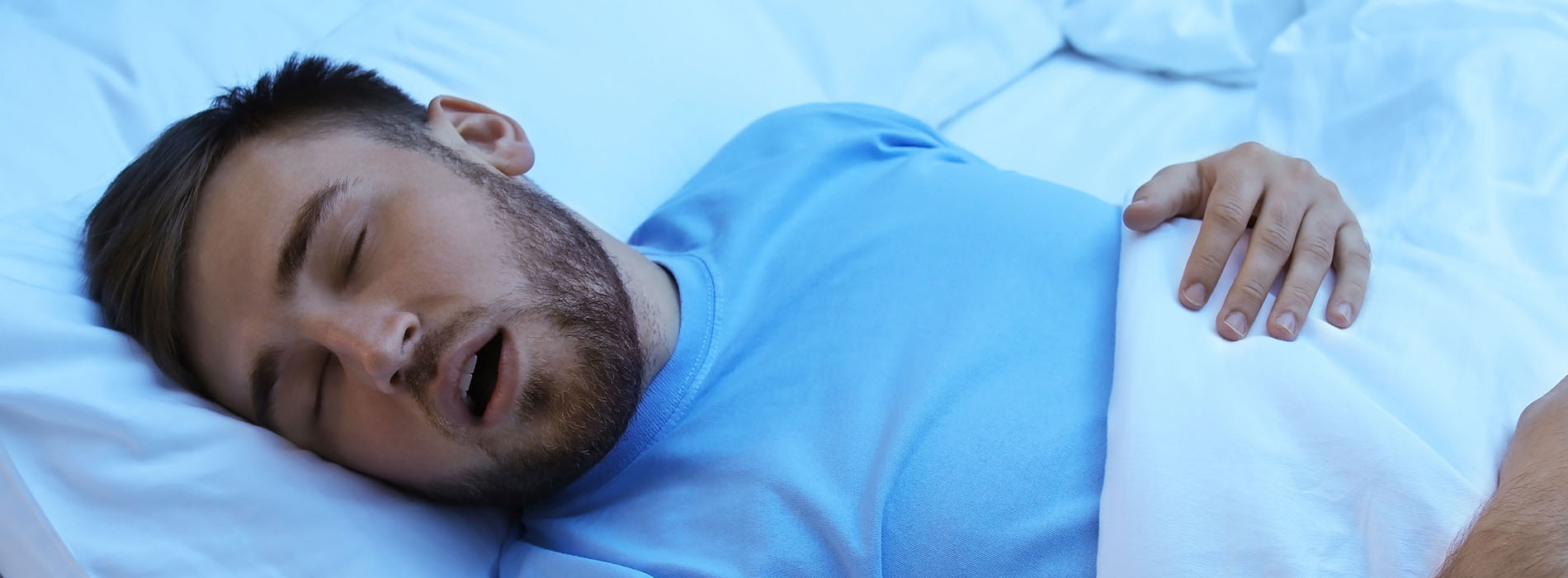

Snoring is the sound produced when airflow during sleep causes relaxed tissues in the back of the throat to vibrate. Nearly everyone snores at some point, but for some people it becomes a frequent, disruptive problem that affects sleep quality for them and anyone who shares a bedroom.
Estimates suggest tens of millions of Americans snore regularly, and while many are uncomplicated snorers, a significant subset may have sleep-disordered breathing such as obstructive sleep apnea. Differentiating harmless snoring from a more serious condition is an important first step in deciding on the right treatment approach.
Multiple physical and lifestyle factors influence why a person snores. Understanding these contributors helps clinicians determine whether a conservative, noninvasive solution like a snoring appliance is appropriate, or whether a medical referral and further testing are needed.
Many people who snore do not have a breathing disorder that threatens health, and their symptoms are limited to noisy nights and daytime annoyance. These "primary snorers" typically do not experience the repeated oxygen drops or prolonged breathing pauses that characterize obstructive sleep apnea (OSA).
However, loud, persistent snoring accompanied by choking, gasping, pauses in breathing, morning headaches, excessive daytime sleepiness, or concentration problems should prompt a medical evaluation. Those symptoms can indicate OSA, which carries risks for cardiovascular health, daytime impairment, and other complications.
Before recommending a specific device, our team examines symptoms, risk factors, and medical history to determine whether a dental appliance is suitable or if sleep medicine assessment and testing are warranted. Coordination with a physician or sleep specialist is a common and recommended part of that pathway when concerns about OSA exist.
Custom oral appliances are designed to be worn during sleep and are tailored to the individual’s mouth. Unlike off-the-shelf solutions, a custom device is fitted to the teeth and jaw by a dental professional, which improves comfort, retention, and therapeutic effectiveness.
The most common mechanism is gentle forward positioning of the lower jaw. By slightly advancing the mandible, the appliance enlarges the space behind the tongue and lifts collapsing tissues, which helps keep the airway open and reduces the vibrations that produce snoring sounds.
These appliances resemble a sports mouthguard or orthodontic retainer and are removable, noninvasive options that many patients prefer over more intrusive treatments. Because they are fabricated from impressions or digital scans of your teeth, they offer a precise fit that minimizes irritation and promotes consistent nightly use.
Fitting a snoring appliance begins with a thorough dental and medical history review and an oral exam. We assess bite alignment, jaw comfort, tooth stability, and the health of the jaw joints and supporting tissues to confirm you are a good candidate for an oral device.
If an appliance is appropriate, impressions or digital scans are taken and sent to a specialized laboratory where a custom appliance is fabricated. During a follow-up visit, the device is adjusted for fit and mandibular positioning to balance effectiveness with comfort and jaw function.
After delivery, several short adjustment appointments are common to fine-tune the fit and mitigate any soreness or bite changes. Regular re-evaluations allow the clinician to monitor dental health and the appliance’s effect on snoring and sleep quality over time.
Transitioning to nightly use of an oral appliance can take a few nights to a few weeks. Start by wearing the device for short periods while awake to get used to the sensation, then progress to wearing it through the night. Gentle, consistent use generally leads to the best outcomes.
Common initial issues include minor salivation, a slight change in bite feel upon waking, or transient jaw stiffness. These problems usually resolve with continued use or minor adjustments by your dental provider. It’s important to report any persistent jaw pain, tooth mobility, or new bite changes so they can be addressed promptly.
Maintaining hygiene is straightforward: daily cleaning of the appliance with a soft brush and nonabrasive cleanser, and periodic soaking as recommended, will keep it sanitary and extend its lifespan. Store the device in its protective case when not in use to prevent warping or damage.
Effectiveness is typically evaluated by reported reductions in snoring, improved sleep for the patient and partner, and better daytime alertness. Objective improvements can also be documented with follow-up assessments or sleep studies when needed.
Long-term follow-up includes routine dental examinations to check tooth health, the condition of the appliance, and jaw joint function. Periodic adjustments or remakes are sometimes necessary as dental conditions change naturally over time or as the device wears.
For many patients, a custom oral appliance provides a durable, minimally invasive strategy that improves sleep quality without surgery. When combined with lifestyle measures—like managing alcohol intake before bed, improving sleep hygiene, and treating nasal congestion—the appliance can be a key component of a comprehensive snoring management plan.
At the office of Silk Dental Delray Beach (formerly Marc Bilodeau DMD), we approach snoring with careful evaluation and patient-centered solutions tailored to each individual's needs. If you’d like to learn more about whether a snoring appliance might be right for you, please contact us for additional information and to discuss next steps.
Quick Links